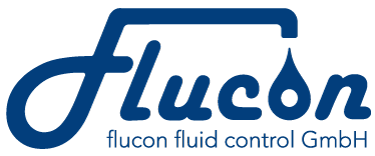Fundamentals of oil aging
Lubricants and lubricant aging
Within the automobile sector, the gear construction branch and also in the area of energy producing plants, lubricants are indispensable – they are used for reducing friction and wear and allow the transmission of power. Thereby, they are influenced by different factors. Due to mechanical and thermal impacts, the process of lubricant aging plays a major role: the lubricant changes in the course of time, losing its specific characteristics.
Limits of an indirect monitoring of lubricant aging
It is not sufficient to merely deduce the oil performance respectively the oil quality on the basis of indirect data such as temperature, rotational speed, load alternation and duration, because these often fail to indicate precisely the individual conditions the customer is facing. At the same time, the standards concerning operating safety as well as environmental safety and sustainability become more and more rigid. Consequently, a more detailed analysis and monitoring of the oil quality is needed in order to match the oil changing intervals to the specific operating conditions and to meet economic and ecologic targets.
Direct monitoring of the oil quality by means of the Oil Performance Monitor LUBRICON
The measuring instrument LUBRICON developed by flucon is the result of many years of research and experience with the aging process of lubricants, and enables the users to continuously monitor their oil quality. The change of flowability, an increase of insoluble impurities (including metallic particles) and a change in the capacity for neutralization (Total Base Number “TBN” and / or Total Acid Number “TAN”, respectively) are the main quantifiable characteristics which determine the oil aging process. Valid conclusions concerning the chemical changes in the lubricant and the resulting performance reserve of the oil are therefore only possible if the following fluid characteristics are monitored continuously:
- viscosity
- relative dieelectric permittivity
- and the specific electrical conductivity
